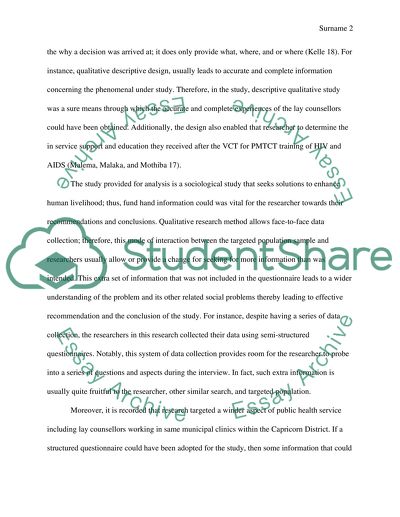Cite this document
(“Experiences of lay counsellors who provide VCT for PMTCT of HIV and Assignment”, n.d.)
Experiences of lay counsellors who provide VCT for PMTCT of HIV and Assignment. Retrieved from https://studentshare.org/health-sciences-medicine/1481561-experiences-of-lay-counsellors-who-provide-vct-for
Experiences of lay counsellors who provide VCT for PMTCT of HIV and Assignment. Retrieved from https://studentshare.org/health-sciences-medicine/1481561-experiences-of-lay-counsellors-who-provide-vct-for
(Experiences of Lay Counsellors Who Provide VCT for PMTCT of HIV and Assignment)
Experiences of Lay Counsellors Who Provide VCT for PMTCT of HIV and Assignment. https://studentshare.org/health-sciences-medicine/1481561-experiences-of-lay-counsellors-who-provide-vct-for.
Experiences of Lay Counsellors Who Provide VCT for PMTCT of HIV and Assignment. https://studentshare.org/health-sciences-medicine/1481561-experiences-of-lay-counsellors-who-provide-vct-for.
“Experiences of Lay Counsellors Who Provide VCT for PMTCT of HIV and Assignment”, n.d. https://studentshare.org/health-sciences-medicine/1481561-experiences-of-lay-counsellors-who-provide-vct-for.


